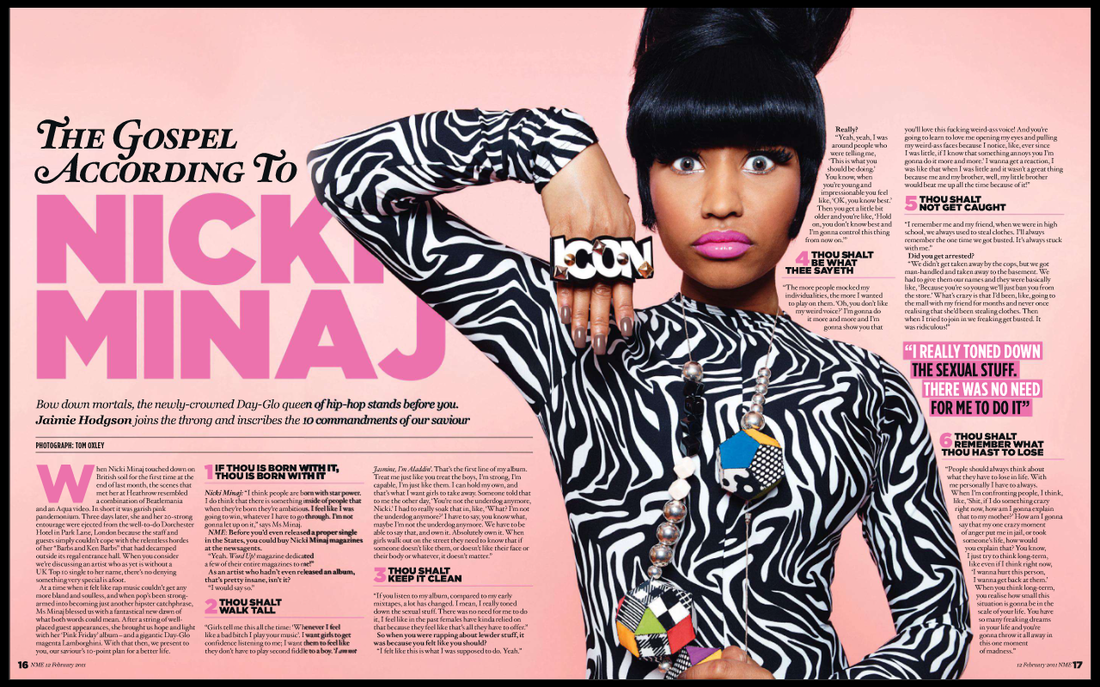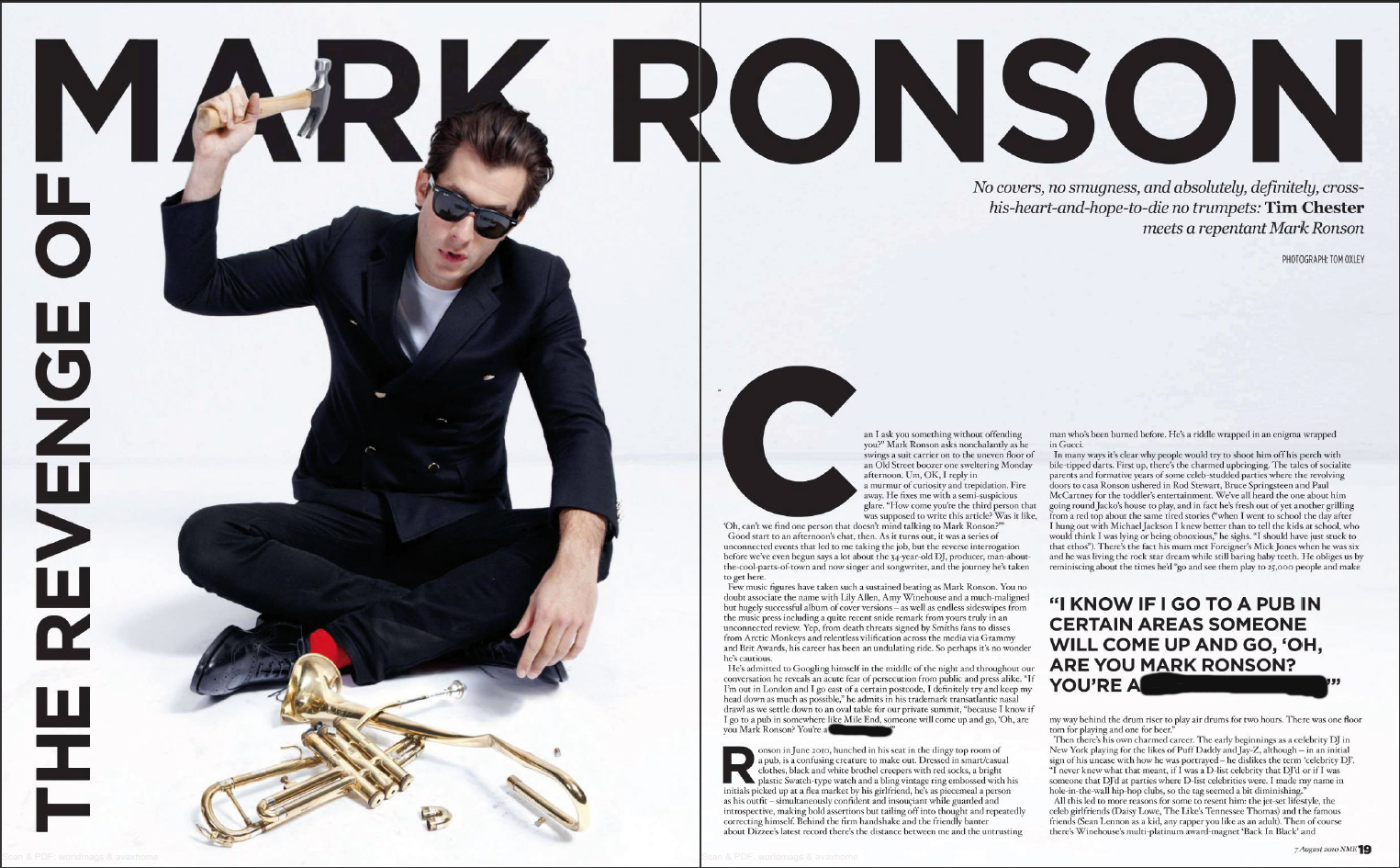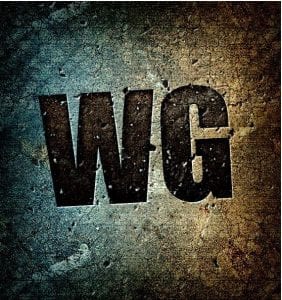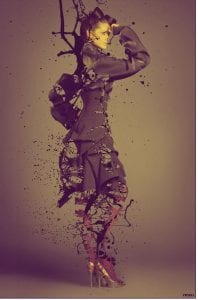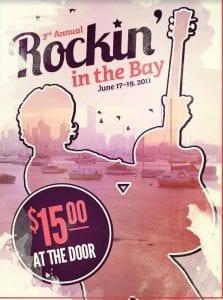You have used a lot of technology over the last few months. Technology that has helped you research, plan, produce, edit and then evaluate your progress. It is hard for one technology to exist completely on its own – it usually relies on another one, although it is worth considering how Converged Technology (i.e. your phone) is able to do multiple tasks (film, edit, collaborate, organise…)
In this CCR question technology is split into 3 categories: hardware, software and online.
- Hardware: DSLR, Point and Shoot, Phones (converged technology), Studio Lights, Desktops, Chrome Books etc
- Software: Adobe Indesign, Photoshop, Illustrator and Bridge.
- Online: YouTube, Edublogs, Google Drive, Voicethread, Emaze, Screencastify, Prezi, Pinterest, Gomoodboard, Lucidchart Mindmaps…etc
- ANY OTHERS?
A few of these technologies have been used in isolation as they have very specialist functions, such as InDesign, but most have also been used in conjunction with other technology – their reliance on each other provides a synergy – they compliment and work with each other. For example your shots taken on a DSLR camera (hardware) were then uploaded to the Desktop (hardware) and then onto the programme Indesign (software). The Adobe suite is also a converged technology, changes made in Photoshop automatically update in InDesign.
Most of these technologies are part of a chain and rely on other technologies to perform their task. You have integrated them into your production process – almost without thinking and some you have used at multiple stages of the production process i.e. YouTube in Research and Planning and also in Evaluation as a platform to show your CCR2.
Your challenge is to create a FLOWCHART to show the process of different technologies and how they have been integrated with each other as you made your magazine.
- You need to categorise which group the technologies belong to and explain how and where you used it – mentioning a specific example of how it impacted on your product.
- You then need to link it with an arrow to show how it synergises with other technology to show how they are all integrated within the production process.
- You need to highlight which stage of the production process you used it in: Research and Planning, Production, Post-Production, Evaluation
- You can use: lucidchart on chrome.
- You will need to colour code your annotations/comments into the 3 categories – hardware, software and online and create a key.
IN A NUTSHELL
Technology Example – When did you use it (stage) – How did it impact on your product (specific example – see your blog posts) and link it to other technologies with a connecting arrow.
The images should be from your own work i.e. the camera in use, the indesign programme in use if at all possible. Try to avoid stock google images although these shots can be substantiated with brand icons i.e. Id logo etc. A LOT OF THE IMAGES AND IDEAS AND COMMENTARY WILL ALREADY BE IN YOUR DESIGN SKILLS POSTS.

